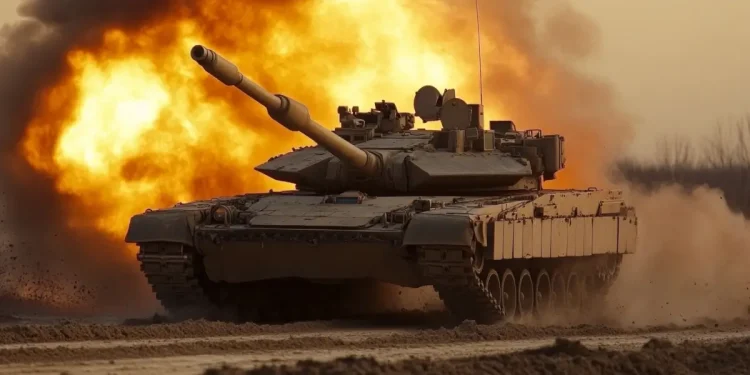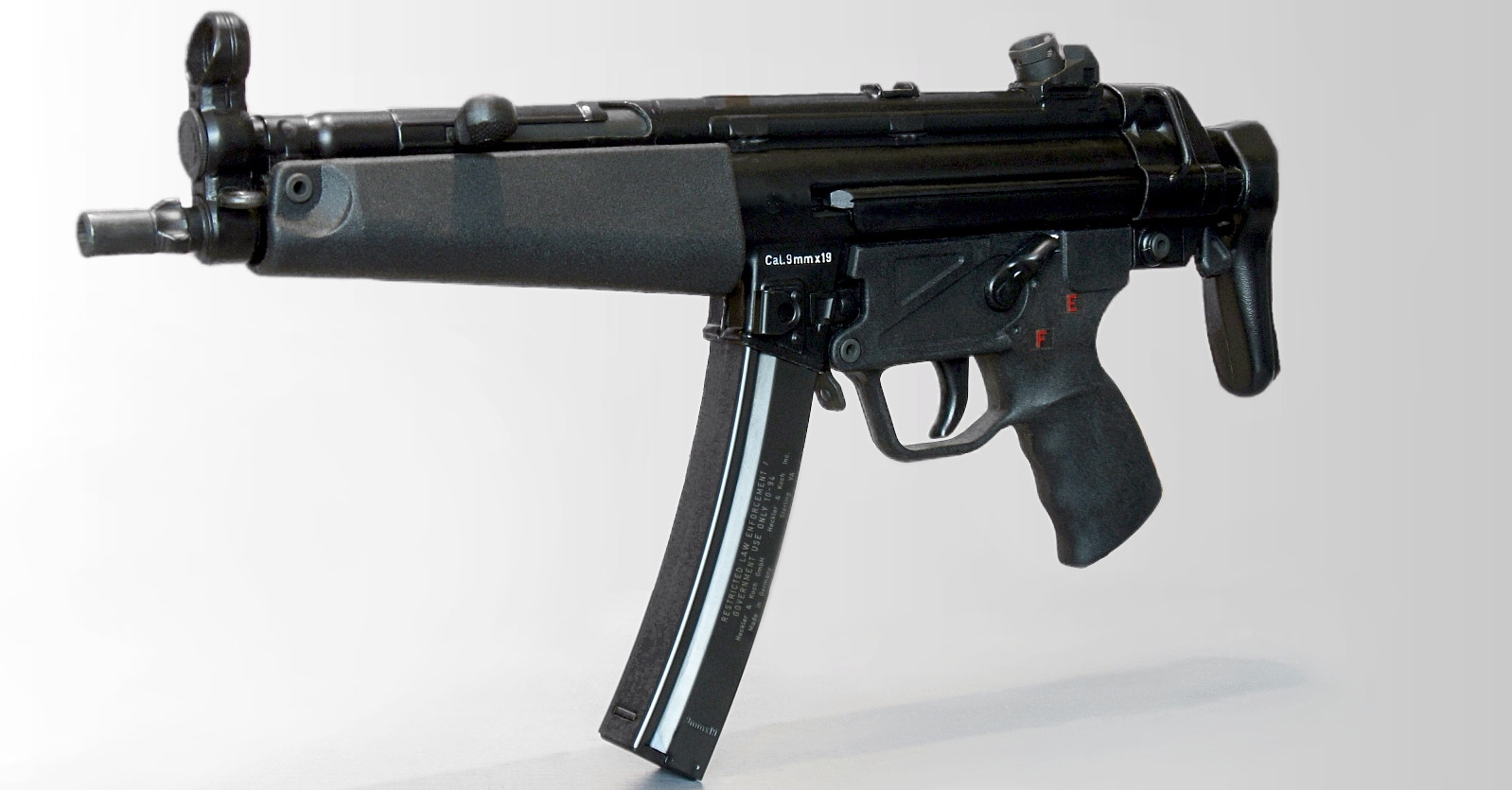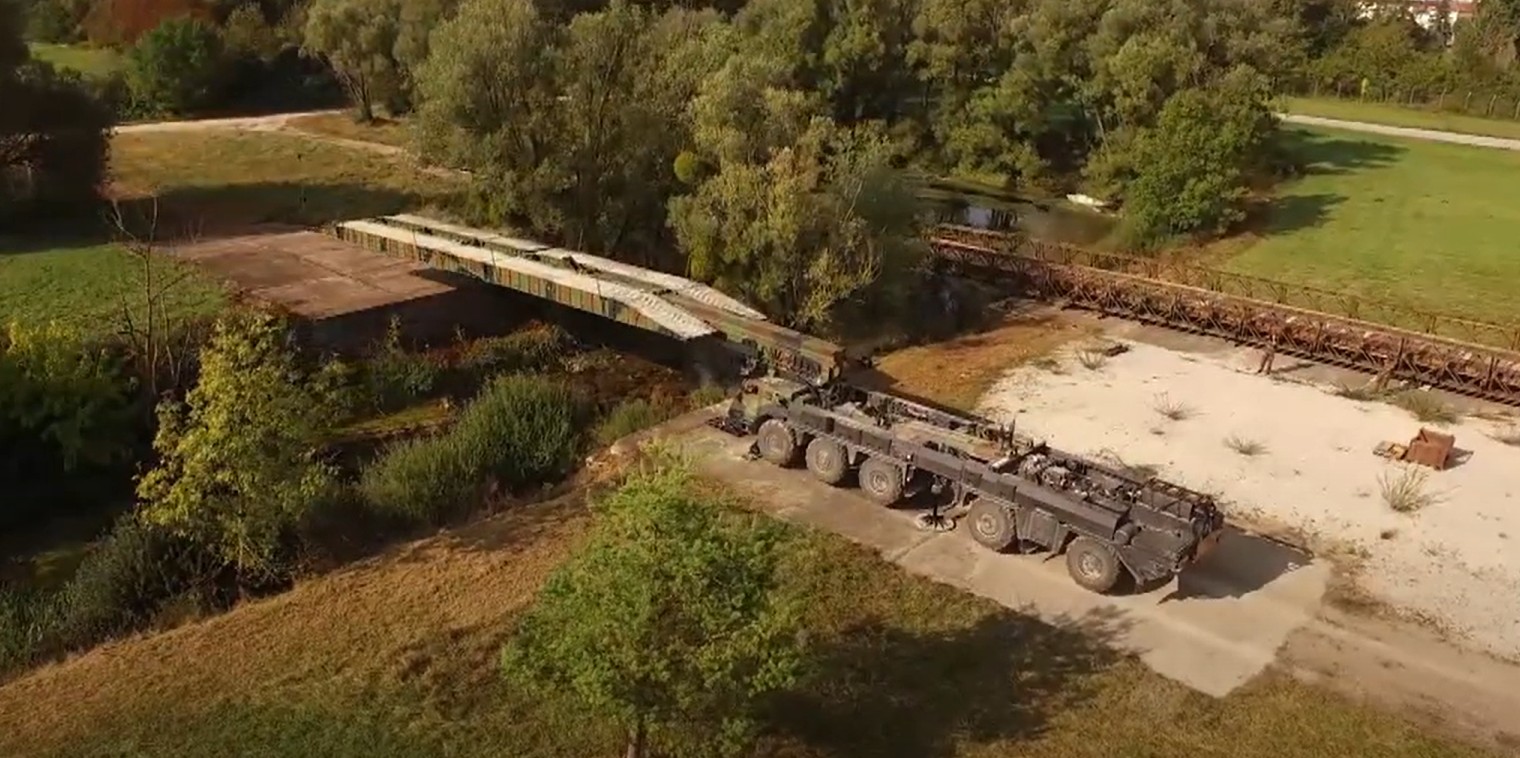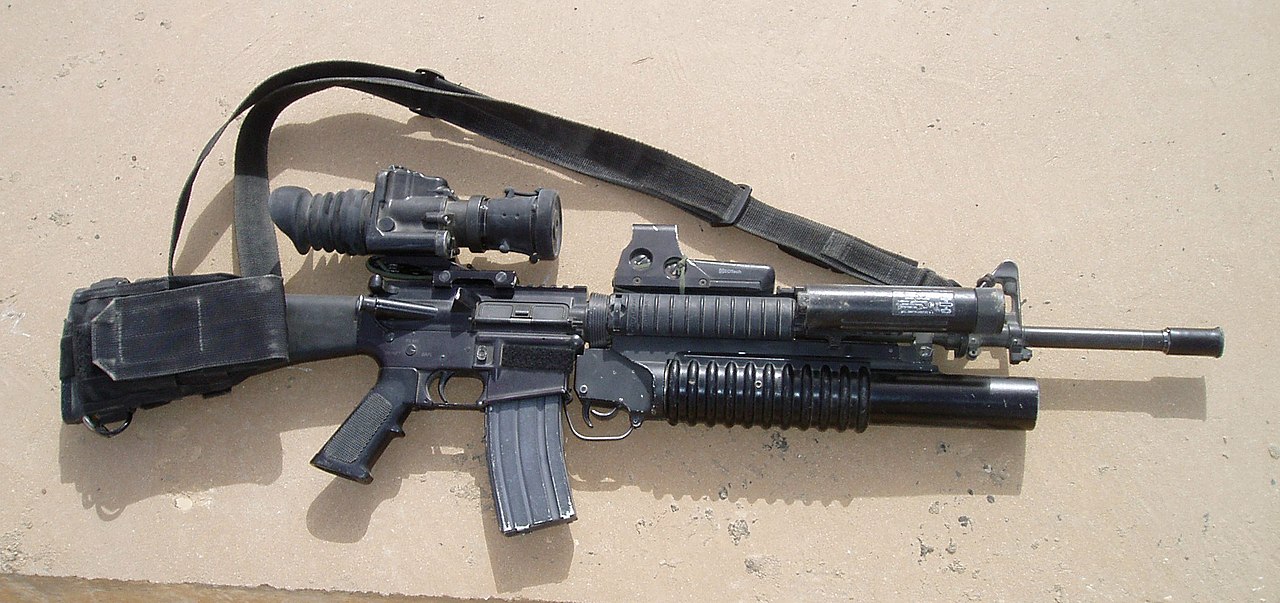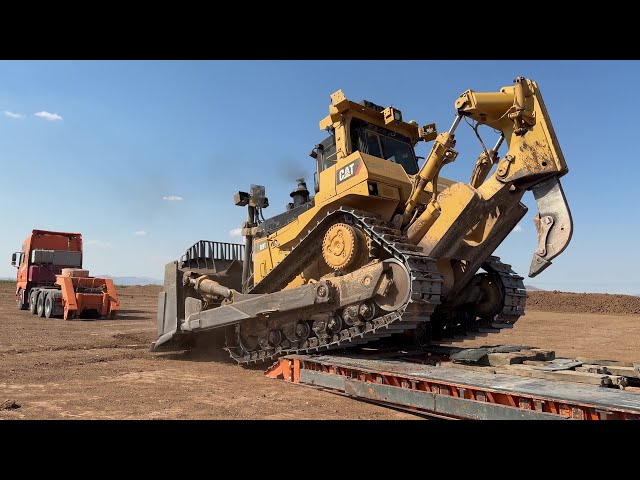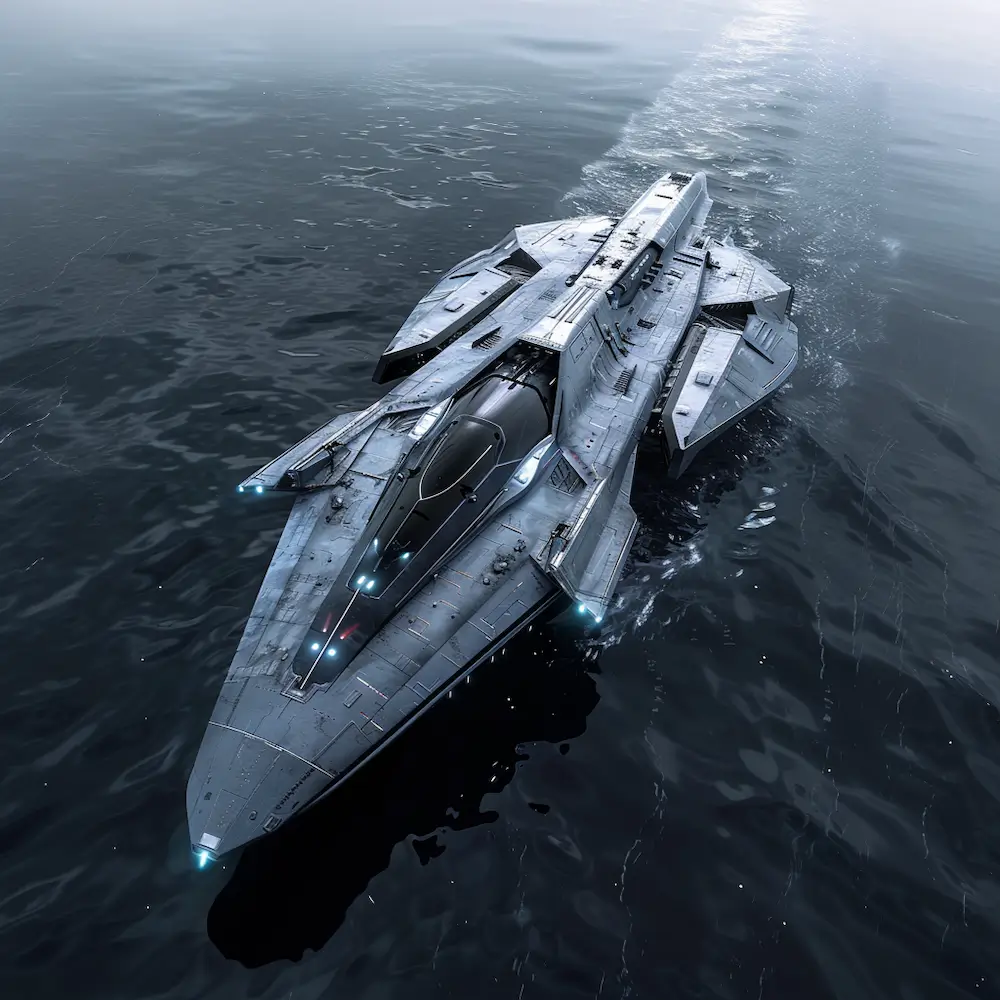The Need for Low Maintenance in Modern Main Battle Tanks
In today’s rapidly changing military landscape, the emphasis has increasingly shifted towards the development of main battle tanks (MBTs) that are both effective in combat and require minimal maintenance. The reduced logistical footprint not only ensures higher operational availability but also reduces costs associated with repair and maintenance.
Key Features of Low Maintenance MBTs
Main battle tanks that promise low maintenance typically exhibit the following features:
- Advanced Diagnostics Systems: Integrated electronic systems capable of self-diagnosing issues and notifying operators of any required maintenance ahead of time.
- Modular Components: Easily replaceable and standardized parts that do not require specialized tools or extensive technician training.
- Durable Materials: Use of high-strength materials designed to withstand the rigors of combat and reduce wear and tear.
- Energy Efficiency: Engines and power systems designed to use fuel more efficiently, decreasing the frequency of refueling and extending operational ranges.
- Simplified Mobility Systems: Track systems and suspension components that are easier to repair and maintain on the field.
The Leopard 2A7: A Benchmark in Low Maintenance
The Leopard 2A7 stands out as a prime example of a main battle tank designed with low maintenance in mind. Used extensively by NATO forces, it incorporates various advanced systems that reduce the overall maintenance burden.
Specifications of the Leopard 2A7
| Aspect | Details |
|---|---|
| Country of Origin | Germany |
| Weight | Approx. 62 tonnes |
| Engine | MTU MB 873 Ka-501 diesel engine |
| Engine Power | 1,500 hp |
| Top Speed | 68 km/h (42 mph) |
The Leopard 2A7 is equipped with state-of-the-art systems that enhance its diagnostic capabilities. For instance, its integrated health and usage monitoring systems (HUMS) enable onboard diagnostics that can preemptively alert crews to maintenance needs, thereby preventing potential issues before they become serious.
The M1A2 SEP v3: American Excellence in Low Maintenance
Another MBT that excels in the realm of low maintenance is the M1A2 SEP v3, a variant of the renowned M1 Abrams tank.
Specifications of the M1A2 SEP v3
| Aspect | Details |
|---|---|
| Country of Origin | United States |
| Weight | Approx. 66 tonnes |
| Engine | Honeywell AGT1500 gas turbine engine |
| Engine Power | 1,500 hp |
| Top Speed | 67.7 km/h (42 mph) |
Featuring advances like the Common Remotely Operated Weapon Station (CROWS) and an upgraded electronic warfare system, the M1A2 SEP v3 is designed to be exceptionally user-friendly in terms of maintenance. Its modular components, such as the power pack, can be quickly replaced in the field without specialized tools, significantly reducing downtime.
Additionally, the tank’s onboard diagnostics continuously monitor the operational status of critical components. This allows for the early detection of potential failures, thereby simplifying the entire maintenance process.
Challenges and Future Outlook
Despite these advancements, there are still challenges in ensuring that MBTs remain low maintenance. One of the primary hurdles is the complexity of integrating advanced technology without compromising the tank’s reliability under combat conditions. Future developments in material science, onboard AI diagnostics, and robotics for autonomous repair could further revolutionize the concept of low-maintenance MBTs.
The drive for low-maintenance MBTs is not merely about cutting costs but enhancing combat effectiveness. By reducing the time and resources expended on maintenance, armies can ensure that their armored forces remain resilient and ready for action when needed.
